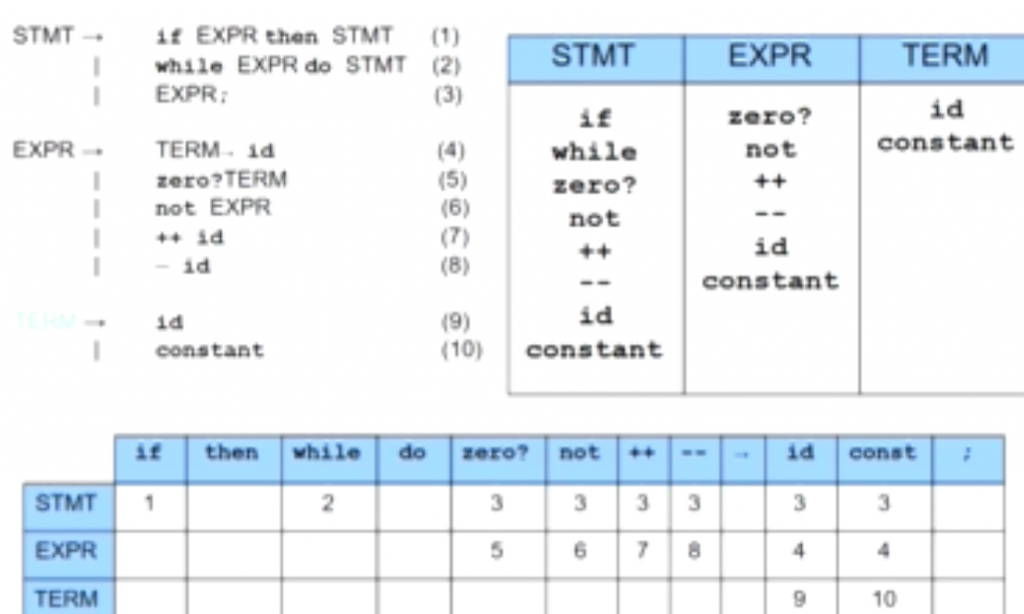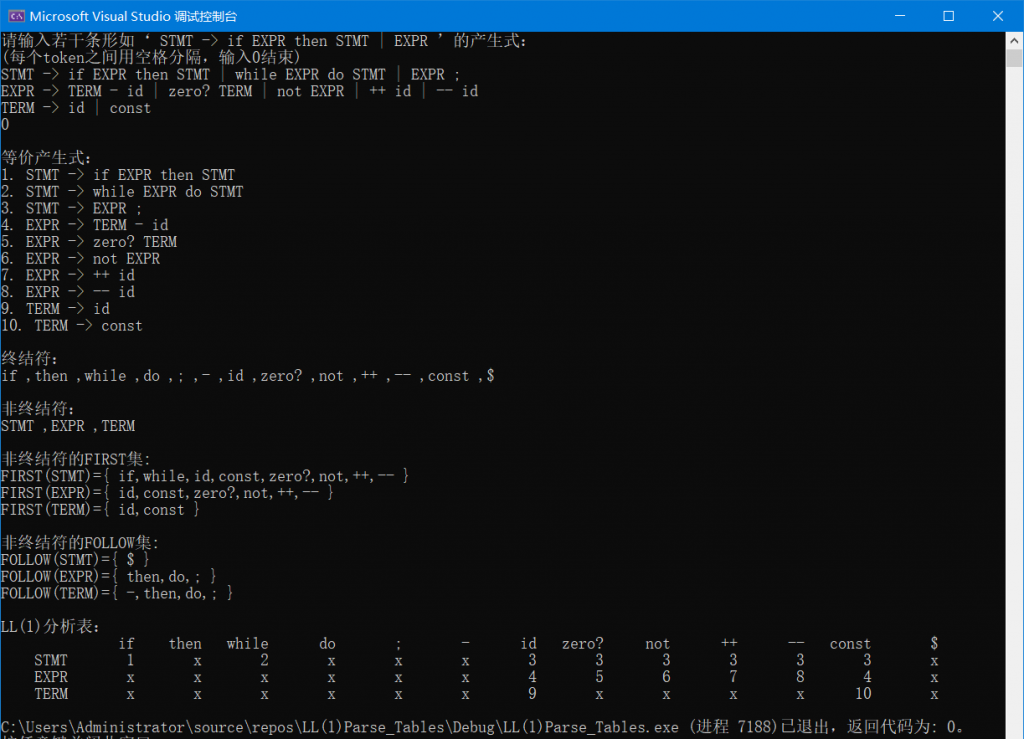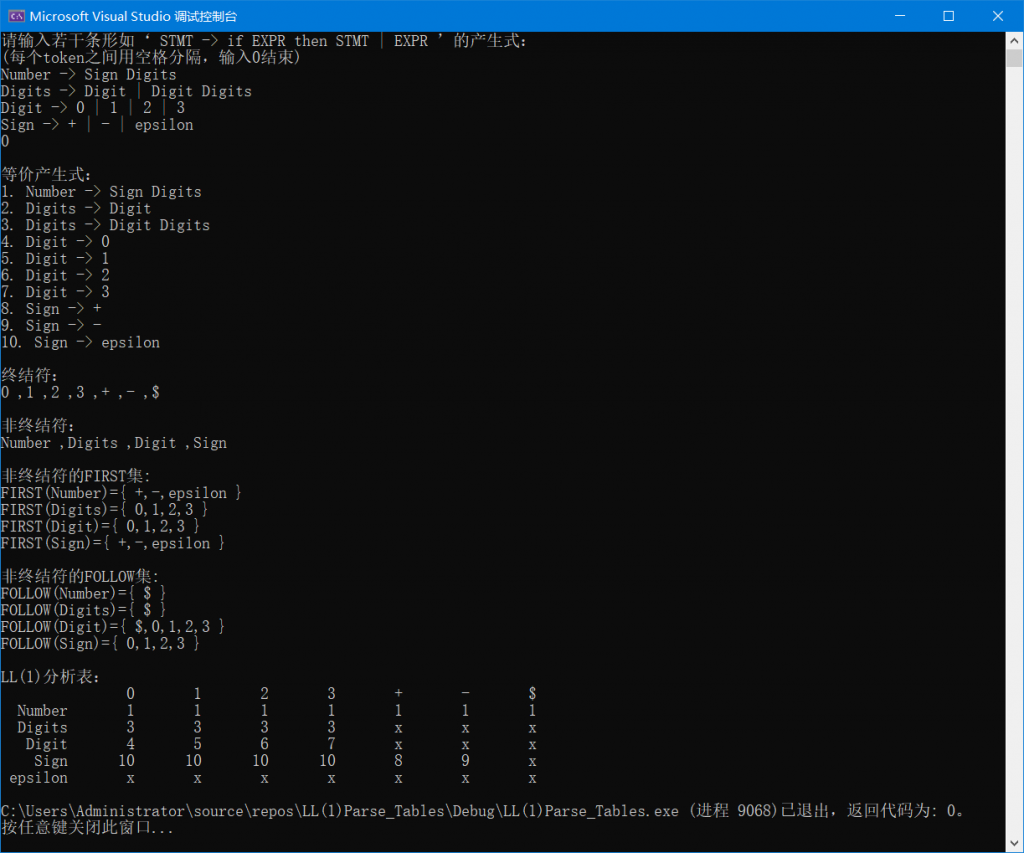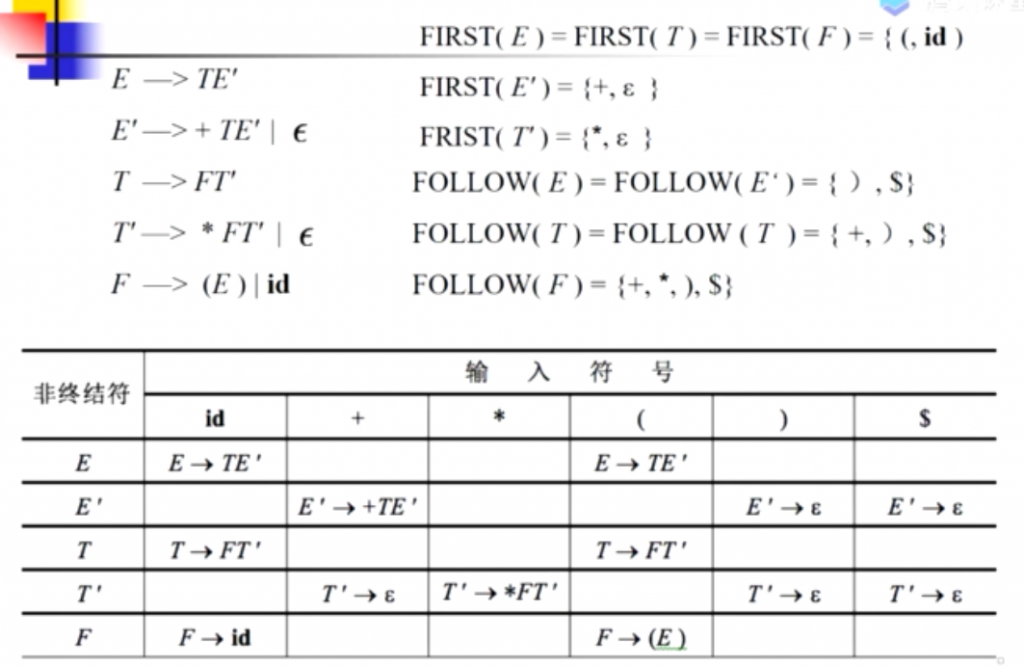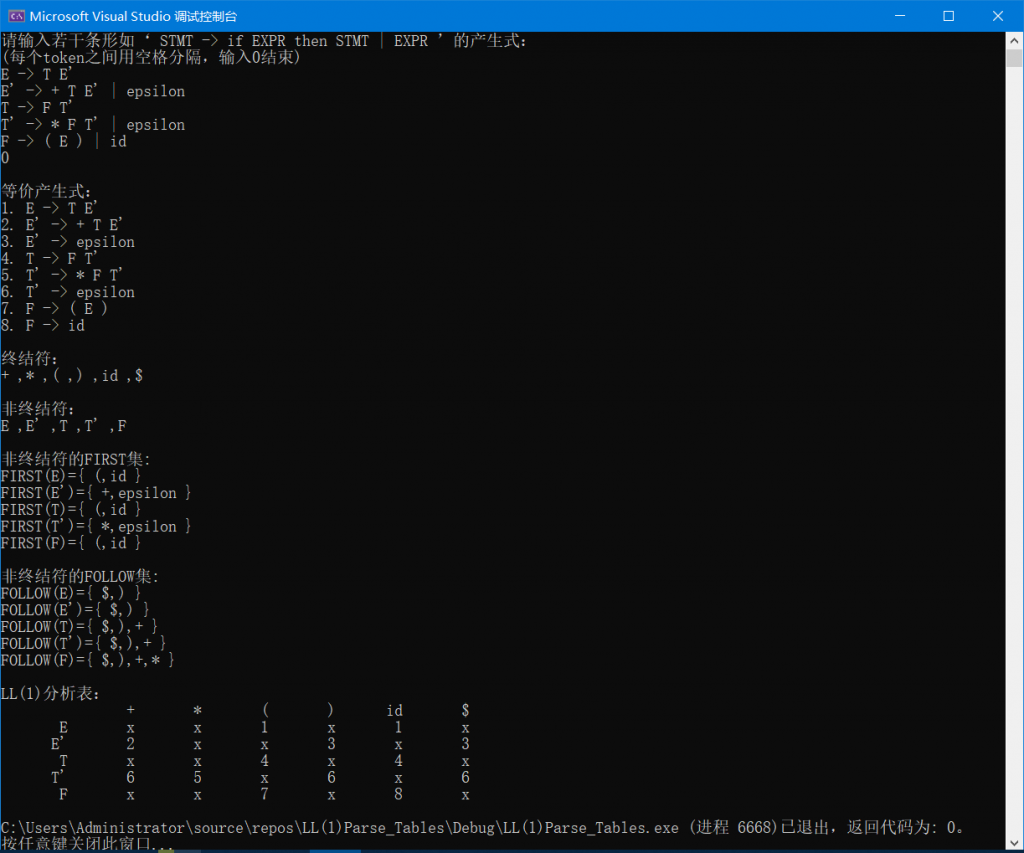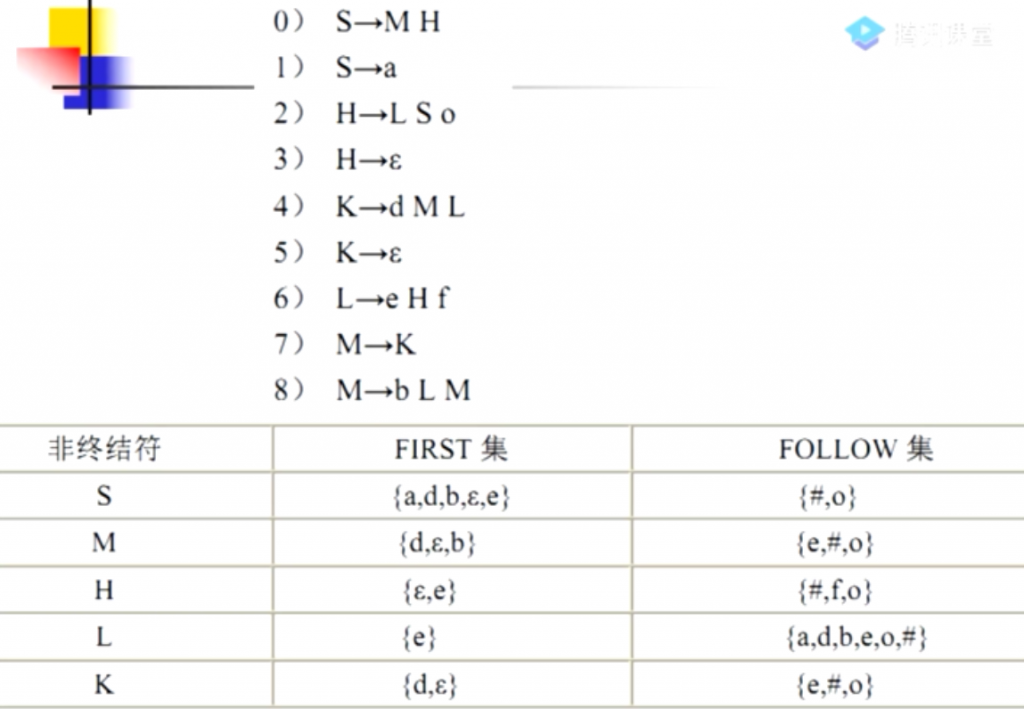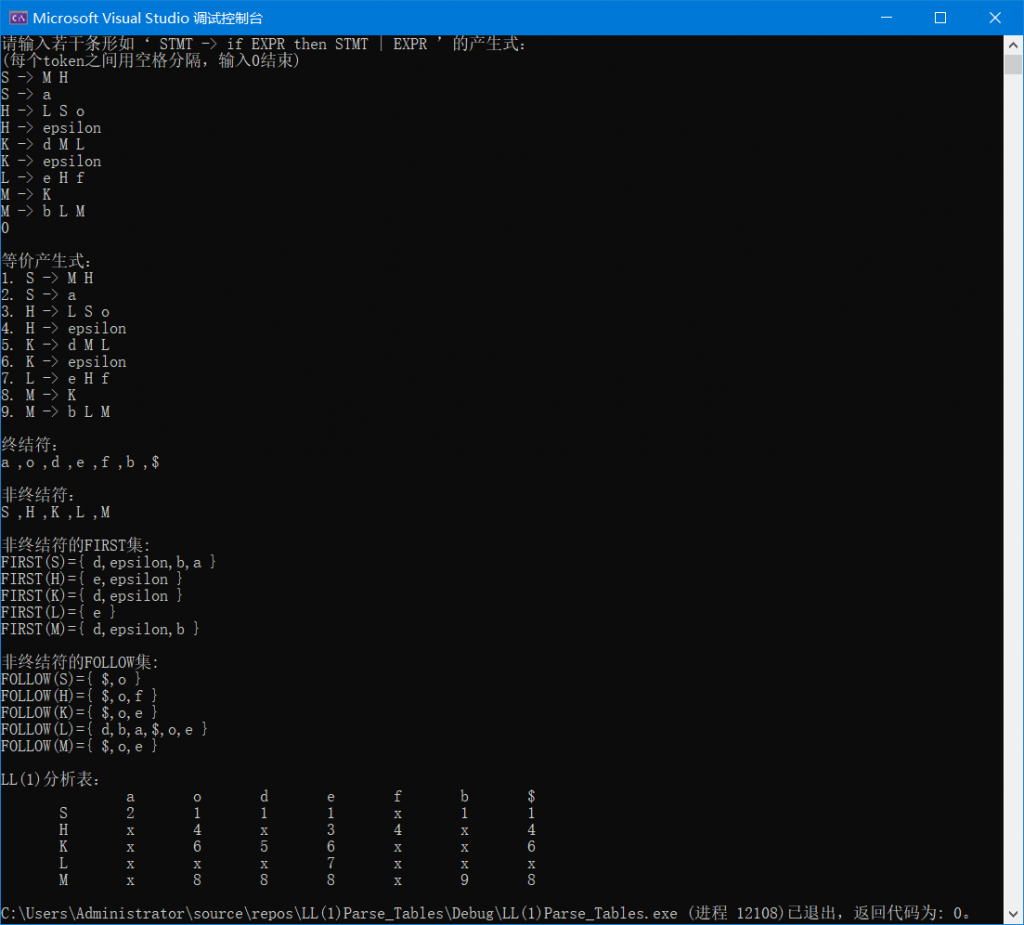1
2
3
4
5
6
7
8
9
10
11
12
13
14
15
16
17
18
19
20
21
22
23
24
25
26
27
28
29
30
31
32
33
34
35
36
37
38
39
40
41
42
43
44
45
46
47
48
49
50
51
52
53
54
55
56
57
58
59
60
61
62
63
64
65
66
67
68
69
70
71
72
73
74
75
76
77
78
79
80
81
82
83
84
85
86
87
88
89
90
91
92
93
94
95
96
97
98
99
100
101
102
103
104
105
106
107
108
109
110
111
112
113
114
115
116
117
118
119
120
121
122
123
124
125
126
127
128
129
130
131
132
133
134
135
136
137
138
139
140
141
142
143
144
145
146
147
148
149
150
151
152
153
154
155
156
157
158
159
160
161
162
163
164
165
166
167
168
169
170
171
172
173
174
175
176
177
178
179
180
181
182
183
184
185
186
187
188
189
190
191
192
193
194
195
196
197
198
199
200
201
202
203
204
205
206
207
208
209
210
211
212
213
214
215
216
217
218
219
220
221
222
223
224
225
226
227
228
229
230
231
232
233
234
235
236
237
238
239
240
241
242
243
244
245
246
247
248
249
250
251
252
253
254
255
256
257
258
259
260
261
262
263
264
265
266
267
268
269
270
271
272
273
274
275
276
277
278
279
280
281
282
283
284
285
286
287
288
289
290
291
292
293
294
295
296
297
298
299
300
301
302
303
304
305
306
307
308
309
310
311
312
313
314
315
316
317
318
319
320
321
322
323
324
325
326
327
328
329
330
331
332
333
334
335
336
337
338
339
340
341
342
343
344
345
346
347
348
349
350
351
352
353
354
355
356
357
358
359
360
361
362
363
364
365
366
367
368
369
370
371
372
373
374
375
376
377
378
379
380
381
382
383
384
385
386
387
388
389
390
391
392
393
394
395
396
397
398
399
400
401
402
403
404
405
406
407
408
409
410
411
412
413
414
415
416
417
418
419
420
421
422
423
424
425
426
427
428
429
430
431
432
433
434
435
436
437
438
439
440
441
442
443
444
445
446
447
448
449
450
451
452
453
454
455
456
457
458
459
460
461
462
463
464
465
466
467
468
469
470
471
472
473
474
475
476
477
478
479
480
481
482
483
484
485
486
487
488
489
490
491
492
493
494
495
496
497
498
499
500
501
502
503
504
505
506
507
508
509
510
511
512
513
514
515
516
517
518
519
520
521
522
523
524
525
526
527
528
529
530
531
532
533
534
535
536
537
538
539
540
541
542
|
#include <iostream>
#include <sstream>
#include <string>
#include <stack>
#include <vector>
#include <iomanip>
using namespace std;
struct item
{
string str;
vector<string> vec;
};
class LL_1
{
public:
vector<item> CA;
vector<string> T;
vector<string> N;
vector<item> FIRST_SET;
vector<item> FOLLOW_SET;
int PARSE_TABLE[100][100];
void init();
void display_state();
void display_first();
void display_follow();
void display_table();
bool isTerminal(string str);
bool containEpsilon(string str);
int find_index(string str);
bool find_first(string str, item &new_item);
bool find_follow(string str, item &new_item);
bool create_parse_table(int i);
};
void LL_1::display_state()
{
int len1 = int(CA.size());
int len2 = int(T.size());
int len3 = int(N.size());
cout << "\n等价产生式:\n";
for (int i = 0; i < len1; i++)
{
cout << i + 1 << ". " << CA[i].str << " -> ";
for (int j = 0; j < int(CA[i].vec.size()); j++)
{
cout << CA[i].vec[j] << " ";
}
cout << endl;
}
cout << "\n终结符:\n";
for (int i = 0; i < len2; i++)
{
cout << T[i];
if (i < len2 - 1)
cout << " ,";
}
cout << endl;
cout << "\n非终结符:\n";
for (int i = 0; i < len3; i++)
{
cout << N[i];
if (i < len3 - 1)
cout << " ,";
}
cout << endl;
}
void LL_1::display_first()
{
int len = int(FIRST_SET.size());
cout << "\n非终结符的FIRST集:\n";
for (int i = 0; i < len; i++)
{
int k = int(FIRST_SET[i].vec.size());
cout << "FIRST(" << FIRST_SET[i].str << ")={ ";
for (int j = 0; j < k; j++)
{
cout << FIRST_SET[i].vec[j];
if (j < k - 1)
cout << ",";
}
cout << " }\n";
}
}
void LL_1::display_follow()
{
int len = int(FOLLOW_SET.size());
cout << "\n非终结符的FOLLOW集:\n";
for (int i = 0; i < len; i++)
{
int k = int(FOLLOW_SET[i].vec.size());
cout << "FOLLOW(" << FOLLOW_SET[i].str << ")={ ";
for (int j = 0; j < k; j++)
{
cout << FOLLOW_SET[i].vec[j];
if (j < k - 1)
cout << ",";
}
cout << " }\n";
}
}
void LL_1::display_table()
{
cout << "\nLL(1)分析表:\n";
int len_T = int(T.size());
int len_N = int(N.size());
cout << setw(8) << " ";
for (int i = 0; i < len_T; i++)
{
cout << setw(8) << T[i];
}
cout << endl;
for (int i = 0; i < len_N; i++)
{
cout << setw(8) << N[i];
for (int j = 0; j < len_T; j++)
{
if (PARSE_TABLE[i][j] == 0)
cout << setw(8) << "x";
else
cout << setw(8) << PARSE_TABLE[i][j];
}
cout << endl;
}
}
bool LL_1::create_parse_table(int i)
{
int len_T = int(T.size());
int len_N = int(N.size());
int len_CA = int(CA.size());
int x = 0, y = 0, content = 0;
content = i + 1;
x = find_index(CA[i].str);
string temp = CA[i].vec[0];
if (isTerminal(temp))
{
if (temp != "epsilon")
{
y = find_index(temp);
if (PARSE_TABLE[x][y] == content)
return true;
else
PARSE_TABLE[x][y] = content;
}
else
{
vector<string> &vec = FOLLOW_SET[x].vec;
for (int j = 0; j < int(vec.size()); j++)
{
y = find_index(vec[j]);
if (PARSE_TABLE[x][y] == content)
return true;
else
PARSE_TABLE[x][y] = content;
}
}
}
else
{
int len = int(CA[i].vec.size());
int p = 1;
bool flag = false;
do
{
vector<string> &vec = FIRST_SET[find_index(temp)].vec;
int s = int(vec.size());
for (int j = 0; j < s; j++)
{
if (vec[j] == "epsilon")
{
flag = true;
continue;
}
y = find_index(vec[j]);
if (PARSE_TABLE[x][y] == content)
return true;
else
PARSE_TABLE[x][y] = content;
}
if (p < len && flag)
{
temp = CA[i].vec[p];
if (!isTerminal(temp))
{
for (int j = 0; j < len_CA; j++)
{
if (CA[j].str == temp)
{
create_parse_table(j);
}
}
p++;
}
else
{
y = find_index(temp);
if (PARSE_TABLE[x][y] == content)
return true;
else
PARSE_TABLE[x][y] = content;
flag = false;
}
}
if (p == len && flag)
{
vector<string> &vec_temp = FOLLOW_SET[x].vec;
for (int j = 0; j < int(vec_temp.size()); j++)
{
y = find_index(vec_temp[j]);
if (PARSE_TABLE[x][y] == content)
return true;
else
PARSE_TABLE[x][y] = content;
}
}
} while (flag);
}
return true;
}
void LL_1::init()
{
string str;
vector<string> v;
cout << "请输入若干条形如‘ STMT -> if EXPR then STMT EXPR ’的产生式:\n";
cout << "(每个token之间用空格分隔,输入0结束)\n";
while (1)
{
getline(cin, str);
if (str == "0")
break;
int l = str.length();
vector<int> index;
int begin = 0;
int end = 0;
for (int i = 0; i < l; i++)
{
if (str[i] == '>' && i > 0)
{
if (str[i - 1] == '-')
begin = i;
}
if (str[i] == '')
{
index.push_back(i);
}
}
string prefix = str.substr(0, begin + 1);
int len = int(index.size());
if (len == 0)
v.push_back(str);
else
{
for (int i = 0; i < len; i++)
{
if (i == 0)
{
v.push_back(str.substr(0, index[0]));
end = index[0];
continue;
}
begin = index[i - 1];
end = index[i];
v.push_back(prefix + str.substr(begin + 1, end - begin - 1));
}
v.push_back(prefix + str.substr(end + 1, l - end));
}
} //以上将每一行化成若干个最短产生式,放到向量V中
//以下给token归类,分为终结符和非终结符
vector<string> left, right;
int len = int(v.size());
for (int i = 0; i < len; i++)
{
istringstream temp(v[i]);
string out;
int cal = 0;
item new_item;
while (temp >> out)
{
if (cal == 0)
{
left.push_back(out);
new_item.str = out;
}
else if (cal == 1)
{
cal++;
continue;
}
else
{
right.push_back(out);
new_item.vec.push_back(out);
}
cal++;
}
CA.push_back(new_item);
}
int len1 = int(left.size());
int len2 = int(right.size());
vector<string>::iterator it;
for (int k = 0; k < len1; k++)
{
it = find(N.begin(), N.end(), left[k]);
if (it == N.end()) //不存在
{
N.push_back(left[k]); //产生式左边的一定是非终结符
}
}
for (int i = 0; i < len2; i++)
{
bool flag = true; //默认是终结符
for (int j = 0; j < len1; j++)
{
if (right[i] == left[j]) //产生式左边出现过
{
flag = false; //是非终结符
break;
}
}
if (flag)
{
it = find(T.begin(), T.end(), right[i]);
if (it == T.end()) //不存在
{
T.push_back(right[i]);
}
}
else
{
it = find(N.begin(), N.end(), right[i]);
if (it == N.end()) //不存在
{
N.push_back(right[i]);
}
}
}
T.push_back("$");
for (int iter = 0; iter < int(T.size()); iter++)
{
if (T[iter] == "epsilon")
{
T.erase(T.begin() + iter);
break;
}
}
}
bool LL_1::isTerminal(string str)
{ //判断某个token是否为终结符
if (str == "epsilon")
return true;
vector<string>::iterator it;
it = find(T.begin(), T.end(), str);
if (it == T.end()) //不存在
{
return false;
}
return true;
}
bool LL_1::containEpsilon(string str)
{ //判断某个非终结符的first集中是否包含epsilon
for (int i = 0; i < int(CA.size()); i++)
{
if (CA[i].str == str)
{
string temp = CA[i].vec[0];
if (!isTerminal(temp))
containEpsilon(temp);
else
{
if (temp == "epsilon")
return true;
}
}
}
return false;
}
int LL_1::find_index(string str)
{
int len_N = int(N.size());
int len_T = int(T.size());
for (int i = 0; i < len_N; i++)
{
if (N[i] == str)
return i;
}
for (int i = 0; i < len_T; i++)
{
if (T[i] == str)
return i;
}
return -1;
}
bool LL_1::find_first(string str, item &new_item)
{ //计算某个非终结符的first集
for (int i = 0; i < int(CA.size()); i++)
{
if (CA[i].str == str)
{
string temp = CA[i].vec[0];
if (!isTerminal(temp))
{ //非终结符
find_first(temp, new_item);
if (containEpsilon(temp))
{ //能产生epsilon
int p = 1;
int s = int(CA[i].vec.size());
while (s > p)
{
if (!isTerminal(CA[i].vec[p]))
{
if (containEpsilon(CA[i].vec[p]))
{
find_first(CA[i].vec[p], new_item);
for (int iter = 0; iter < int(new_item.vec.size()); iter++)
{
if (new_item.vec[iter] == "epsilon")
{
new_item.vec.erase(new_item.vec.begin() + iter);
break;
}
}
p++;
}
else
break;
}
else
{
new_item.vec.push_back(CA[i].vec[p]);
break;
}
}
if (p == s - 1)
{
vector<string>::iterator it;
for (int k = 0; k < s; k++)
{
it = find(N.begin(), N.end(), "epsilon");
if (it == N.end()) //不存在
{
N.push_back("epsilon");
}
}
}
}
}
else
{ //是终结符,直接加入,去重
vector<string>::iterator it;
it = find(new_item.vec.begin(), new_item.vec.end(), temp);
if (it == new_item.vec.end()) //不存在
{
new_item.vec.push_back(temp);
}
}
}
}
return true;
}
bool LL_1::find_follow(string str, item &new_item)
{ //计算某个非终结符的follow集
if (str == CA[0].str)
{ //是第一个产生式的左边符号,加入结束符$
vector<string>::iterator it;
it = find(new_item.vec.begin(), new_item.vec.end(), "$");
if (it == new_item.vec.end()) //不存在
{ //开始符号FOLLOW集中加入结束符$
new_item.vec.push_back("$");
}
}
for (int i = 0; i < int(CA.size()); i++)
{ //遍历所有产生式,在其右边找目标非终结符
int s = int(CA[i].vec.size());
for (int j = 0; j < s; j++)
{
if (CA[i].vec[j] == str)
{ //找到
if (j + 1 < s) // B->wAt
{
if (!isTerminal(CA[i].vec[j + 1])) //下一个是非终结符
{
if (containEpsilon(CA[i].vec[j + 1])) // first集包含epsilon//B->wA
find_follow(CA[i].str, new_item); // follow(A)=follow(B)+follow(A)
find_first(CA[i].vec[j + 1], new_item); // follow(A)=first(A)-epsilon
for (int iter = 0; iter < int(new_item.vec.size()); iter++)
{
if (new_item.vec[iter] == "epsilon")
{
new_item.vec.erase(new_item.vec.begin() + iter);
break;
}
}
}
else
{ //下一个是终结符,直接加入,去重
vector<string>::iterator it;
it = find(new_item.vec.begin(), new_item.vec.end(), CA[i].vec[j + 1]);
if (it == new_item.vec.end()) //不存在
{
new_item.vec.push_back(CA[i].vec[j + 1]);
}
}
}
else // B->wA
{ // follow(A)=follow(B)+follow(A)
if (CA[i].str != CA[i].vec[j]) //防止A->wA形式死循环
find_follow(CA[i].str, new_item);
}
}
}
}
return true;
}
int main()
{
LL_1 tag;
tag.init();
tag.display_state();
int len = int(tag.N.size());
for (int i = 0; i < len; i++)
{ //遍历非终结符,逐个计算其first集
item new_item;
item &new_ = new_item;
new_item.str = tag.N[i];
tag.find_first(tag.N[i], new_); // FIRST
tag.FIRST_SET.push_back(new_);
}
tag.display_first();
for (int i = 0; i < len; i++)
{ //遍历非终结符,逐个计算其follow集
item new_item;
item &new_ = new_item;
new_item.str = tag.N[i];
tag.find_follow(tag.N[i], new_); // FOLLOW
tag.FOLLOW_SET.push_back(new_);
}
tag.display_follow();
for (int i = 0; i < int(tag.CA.size()); i++)
tag.create_parse_table(i); //按产生式填写table
tag.display_table();
return 0;
}
|
